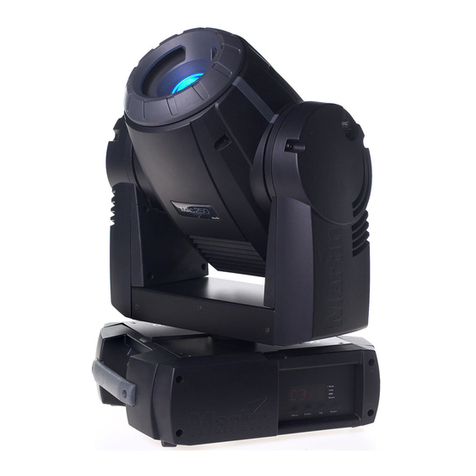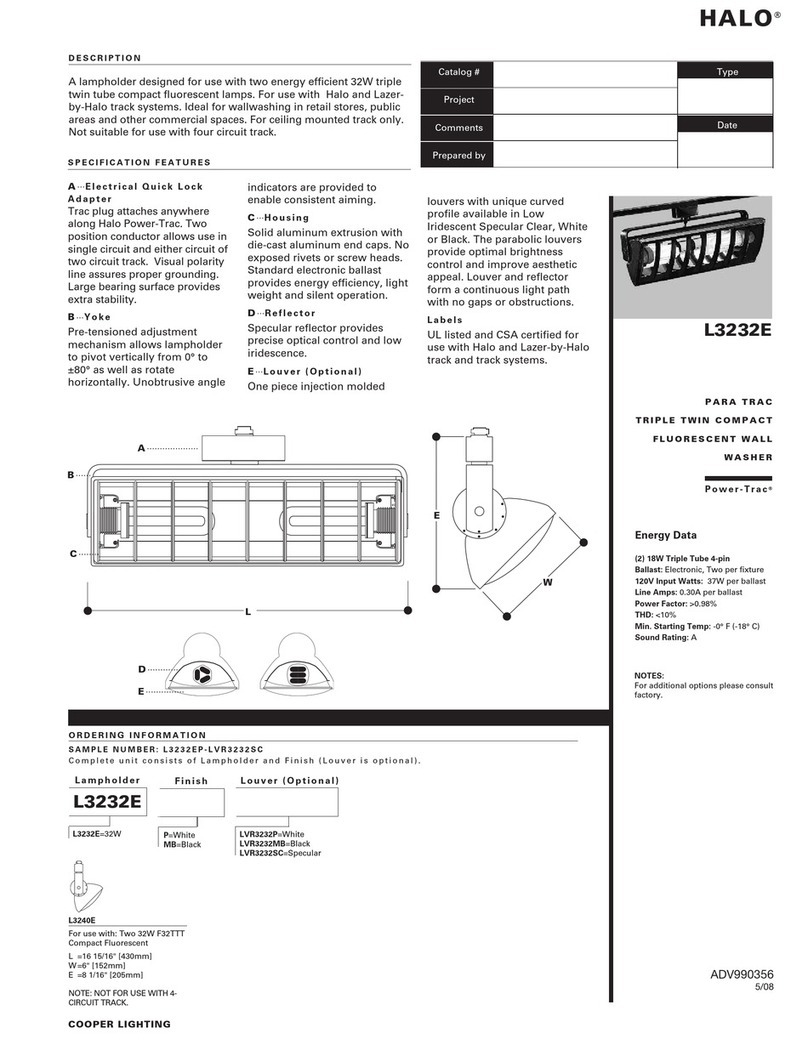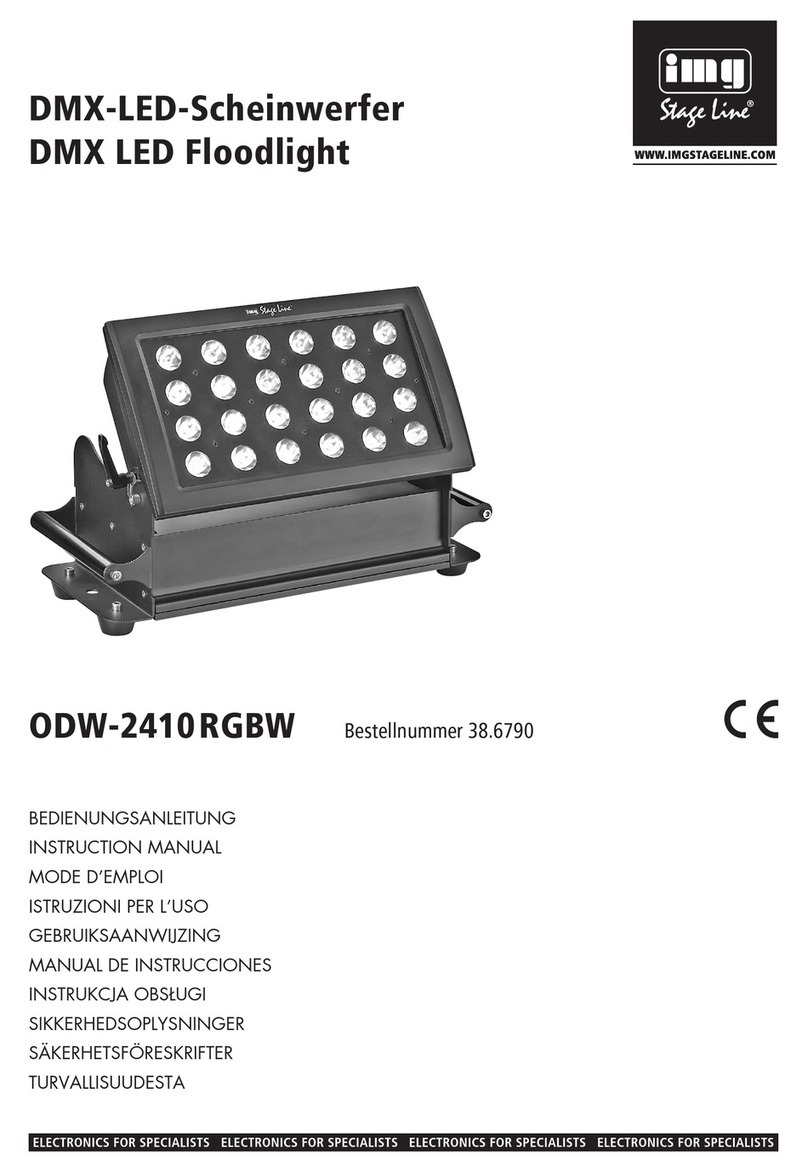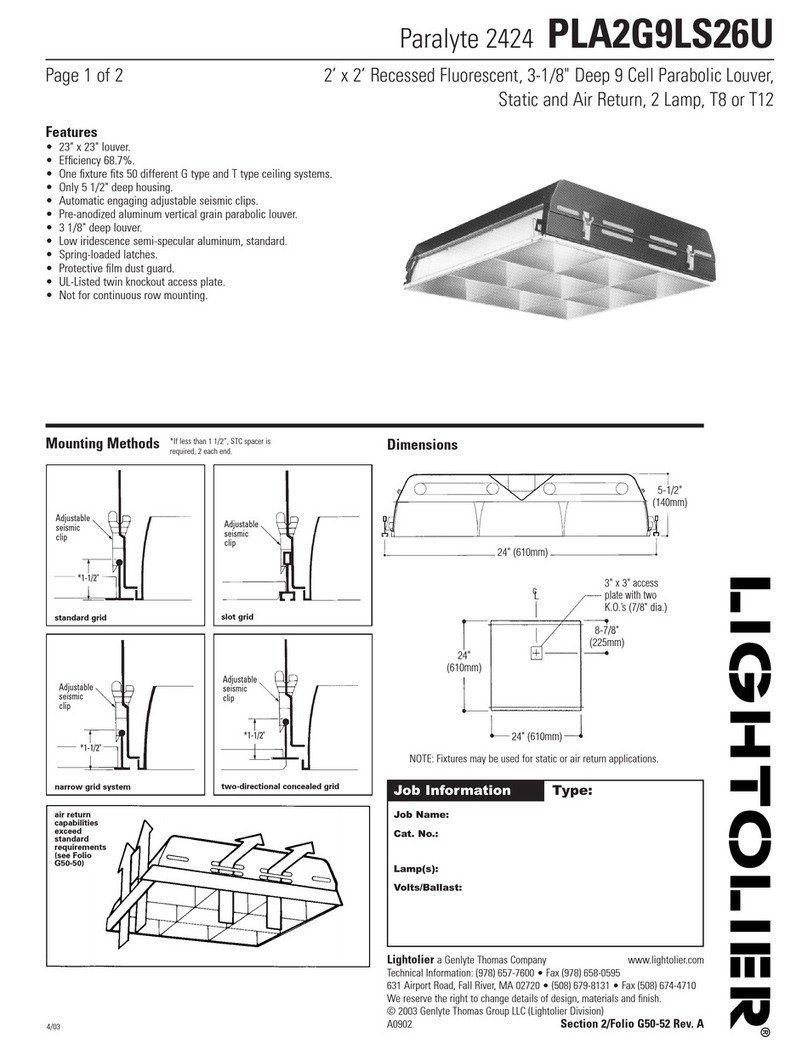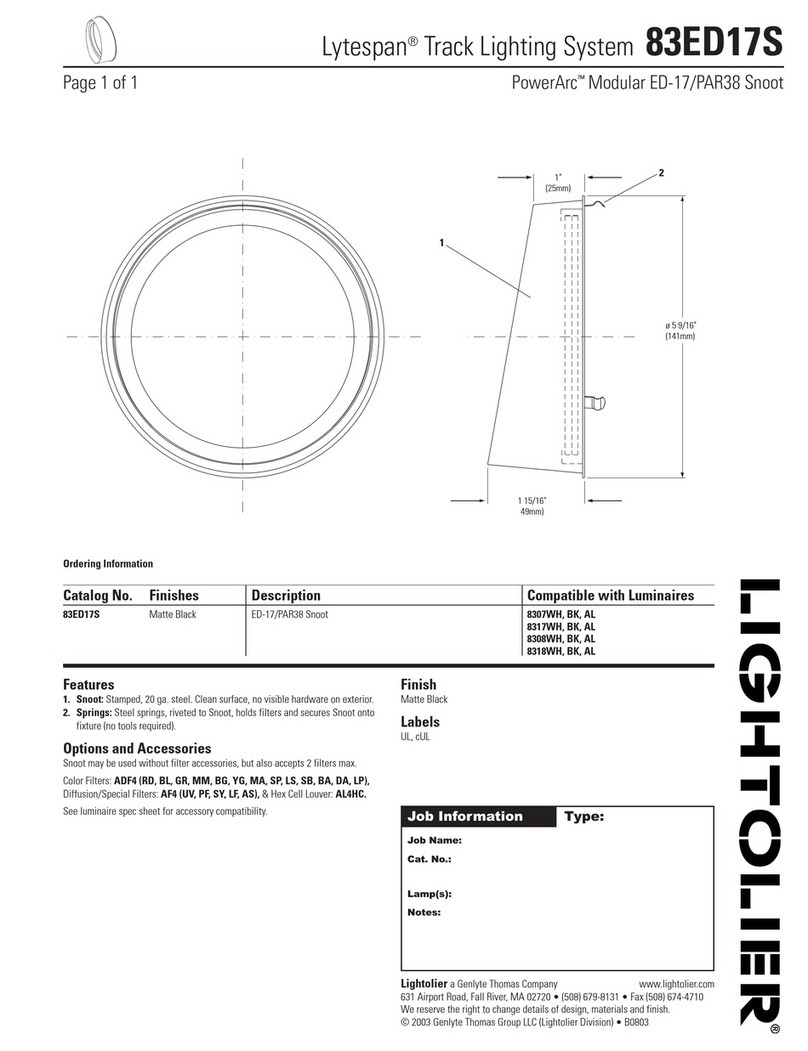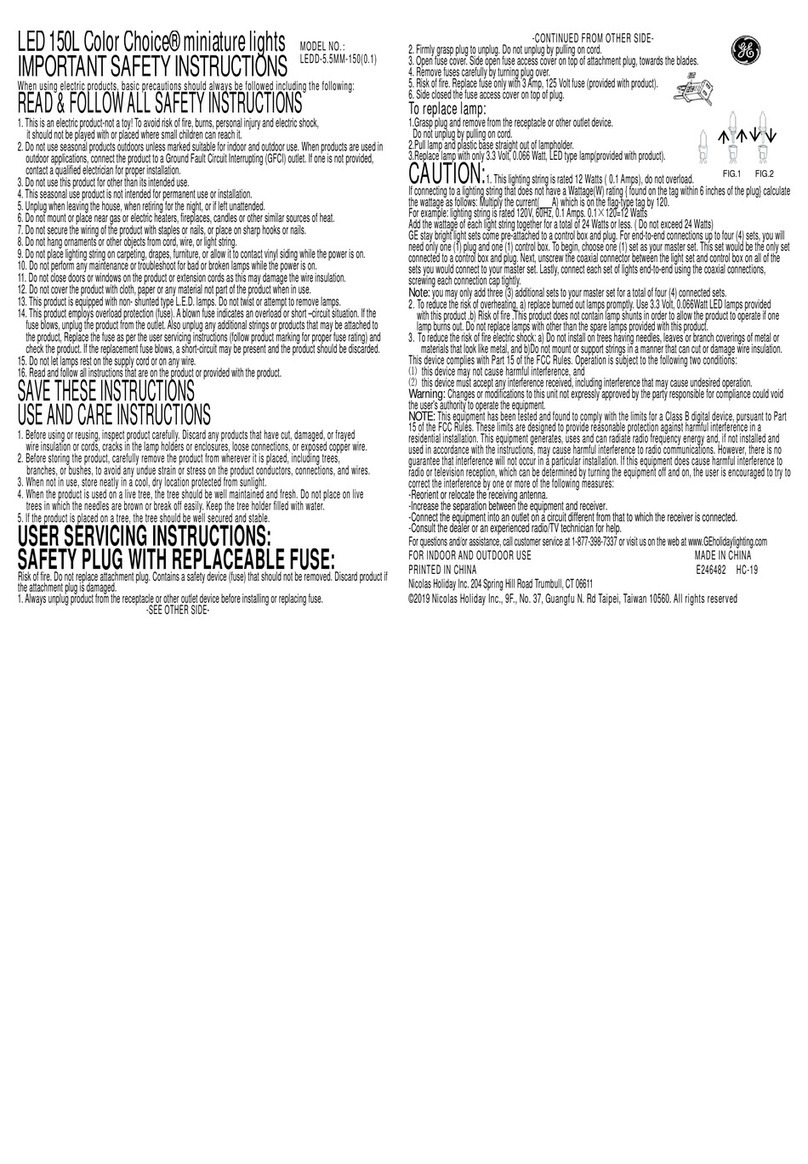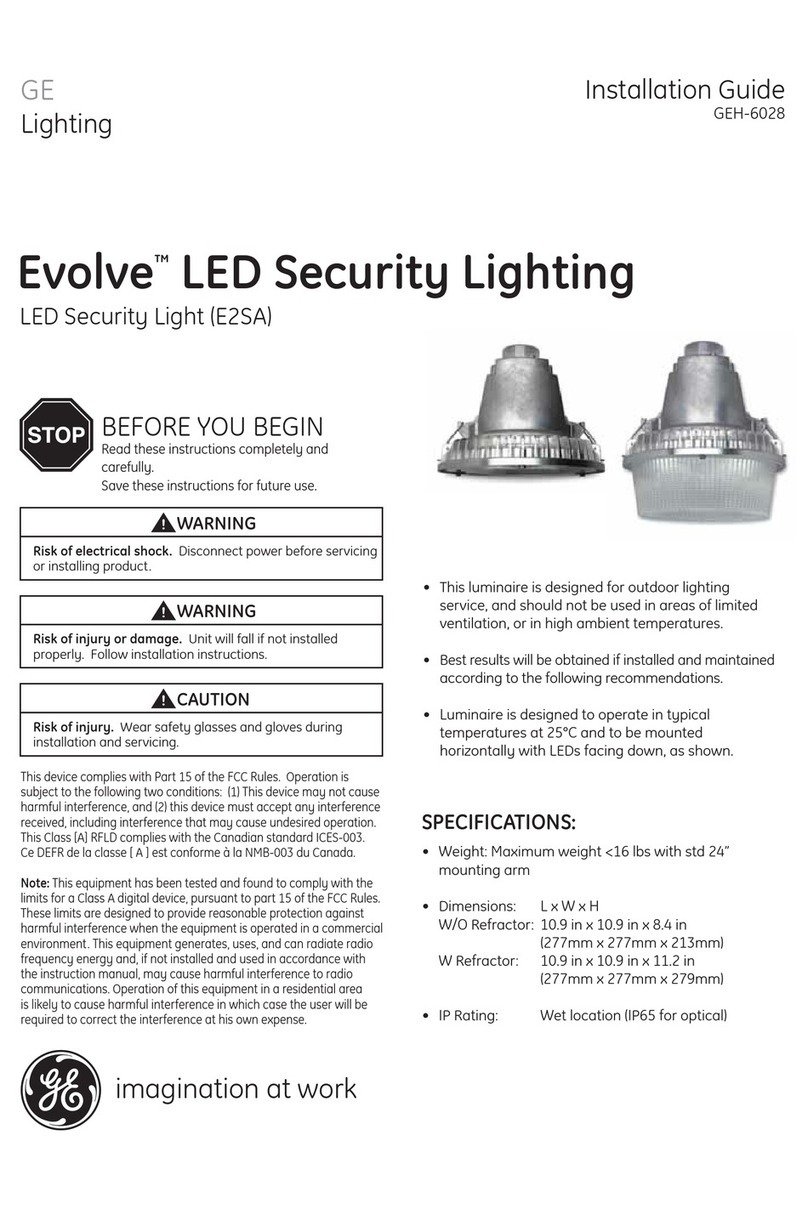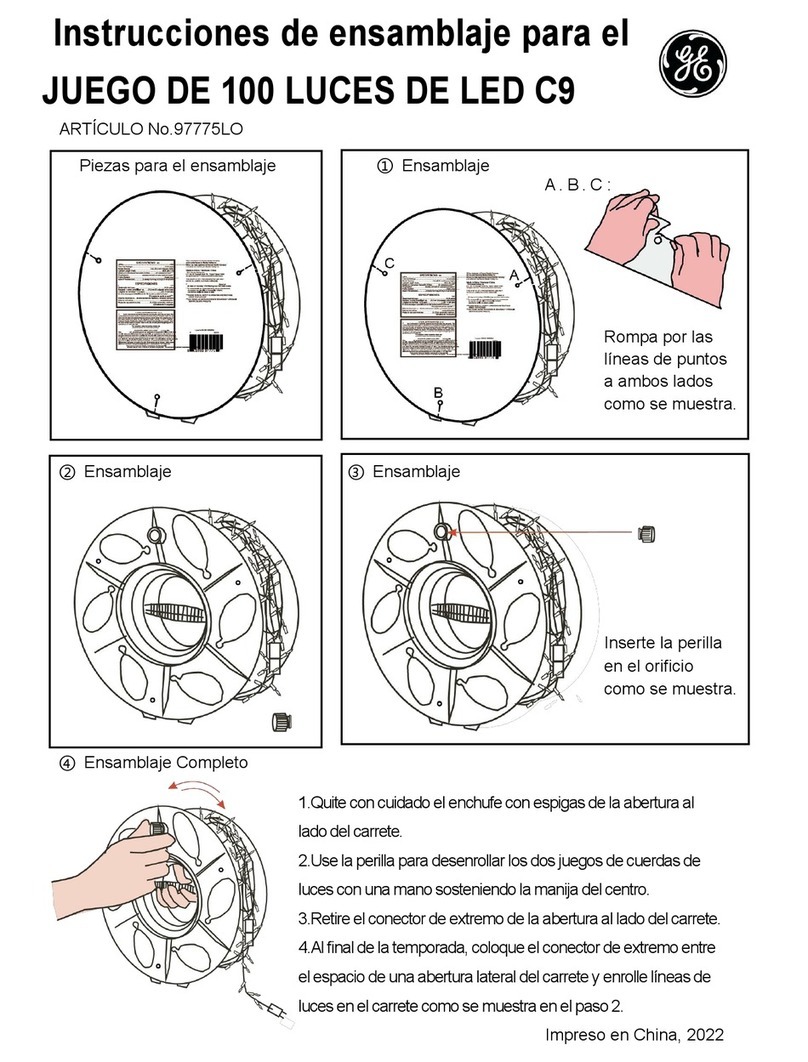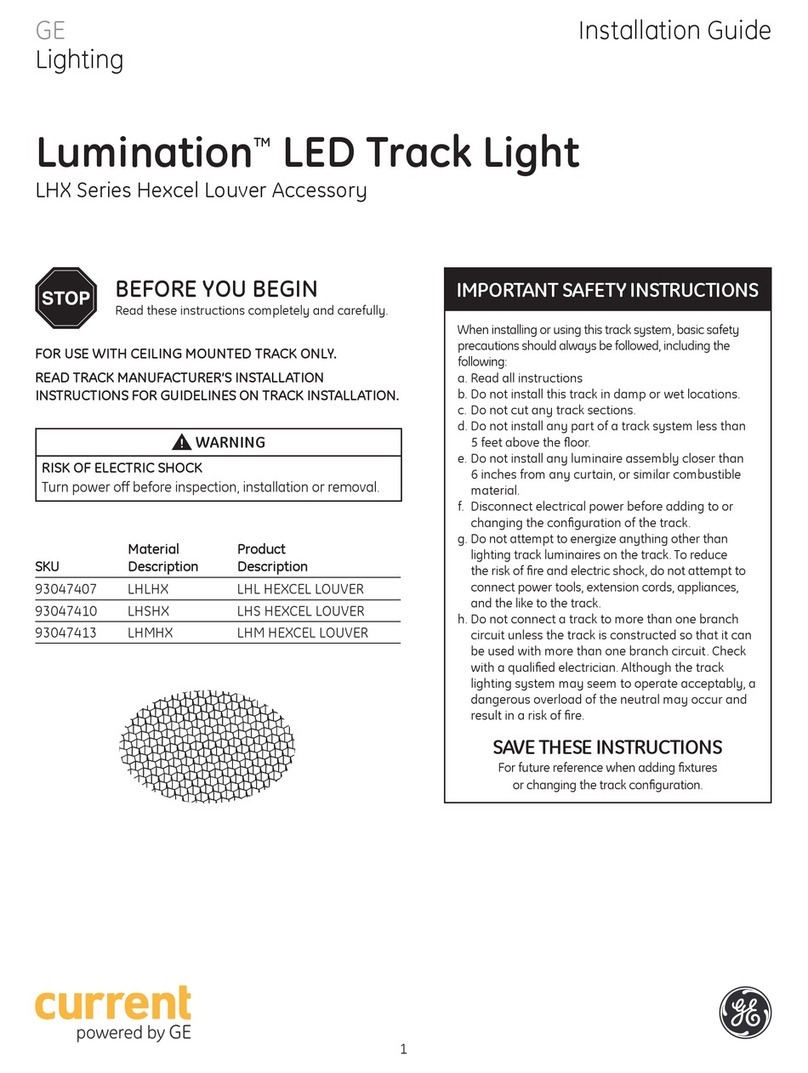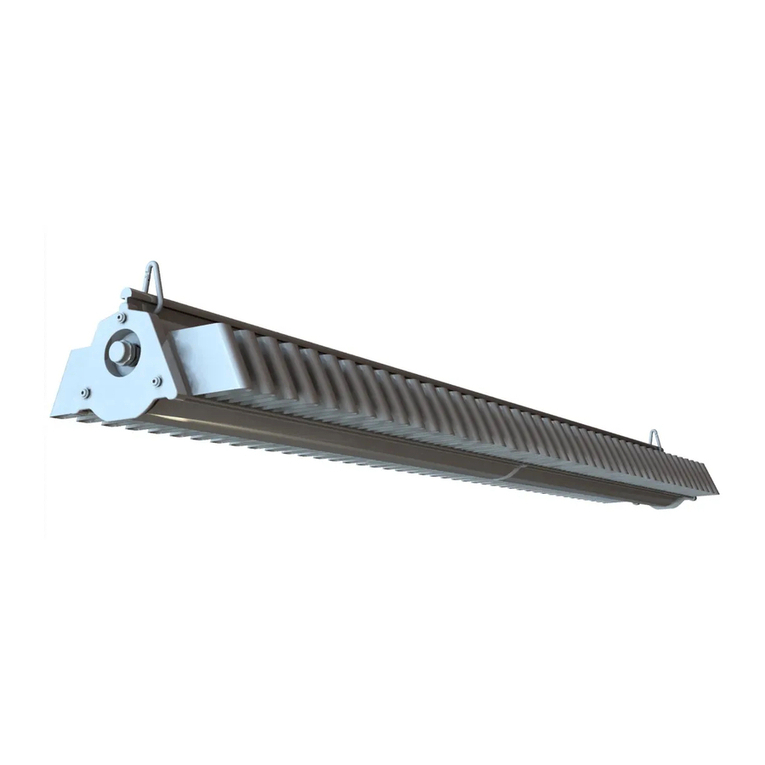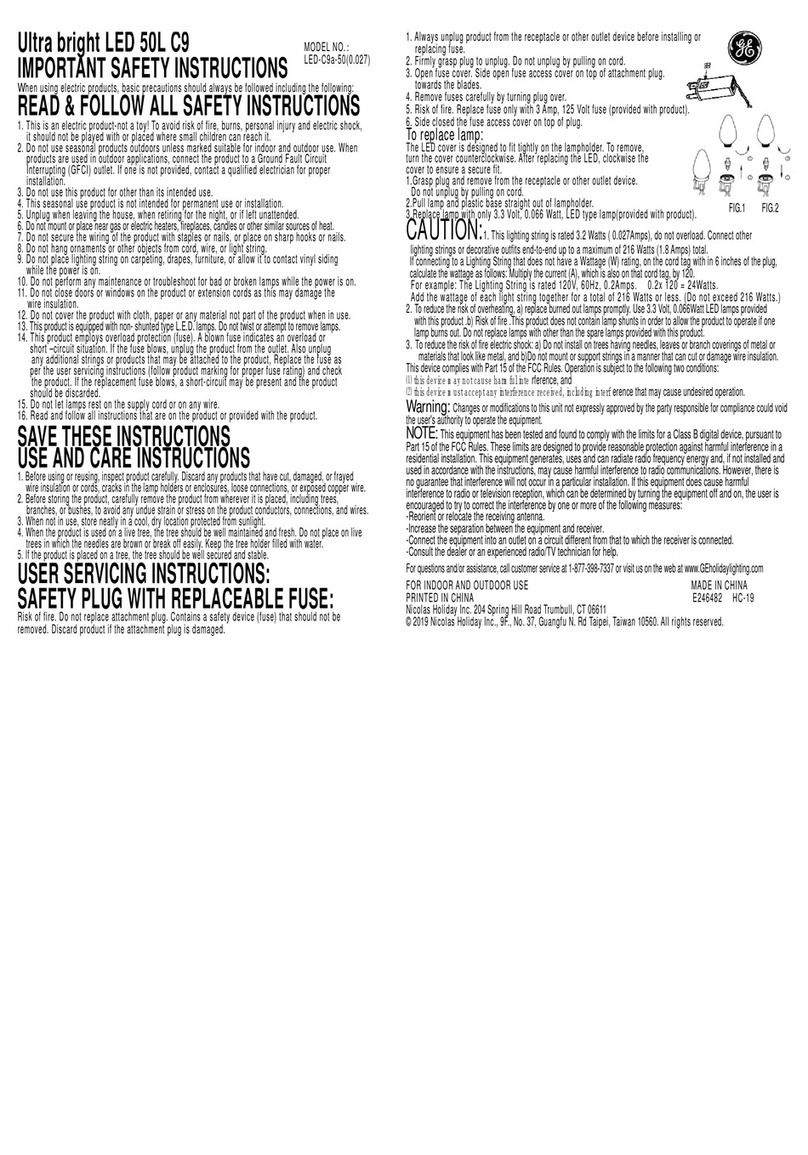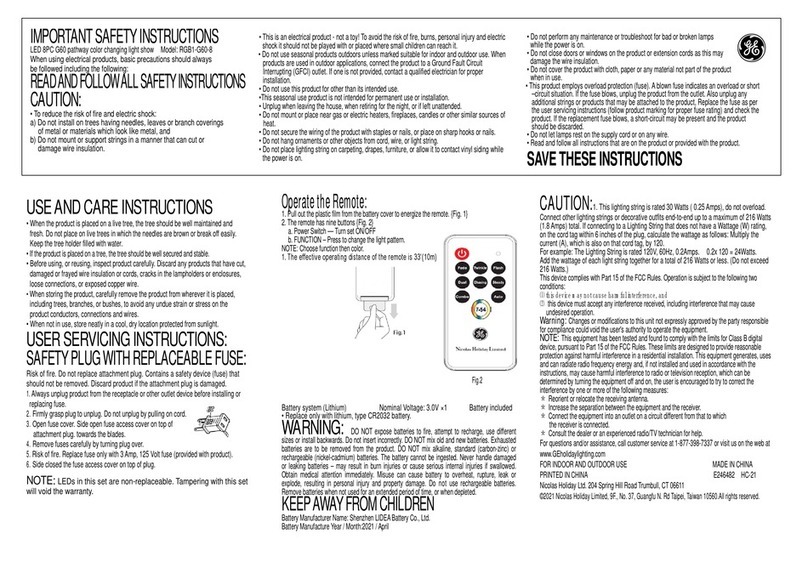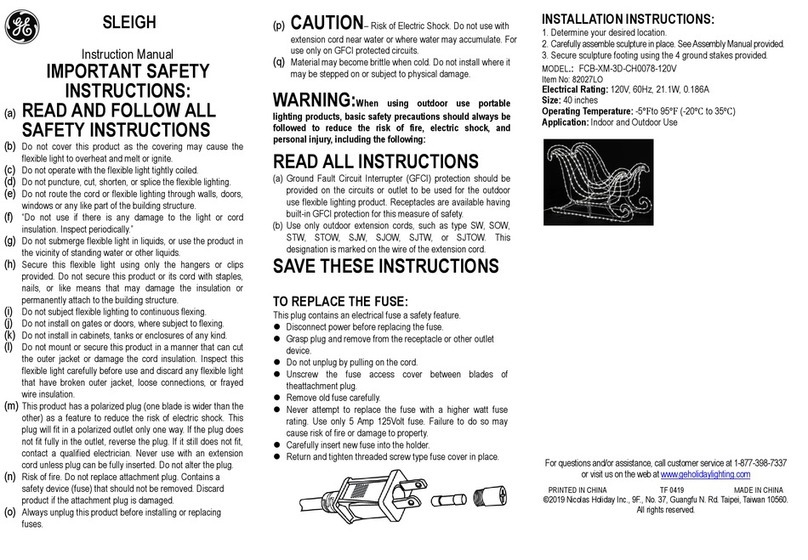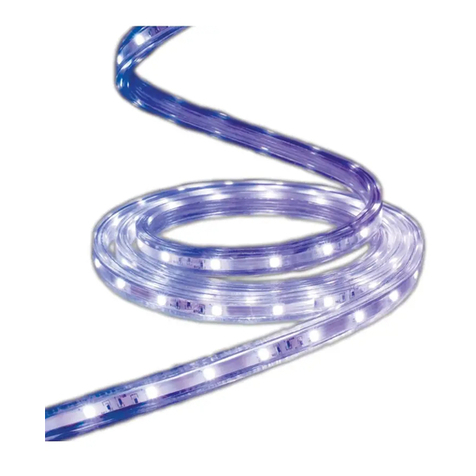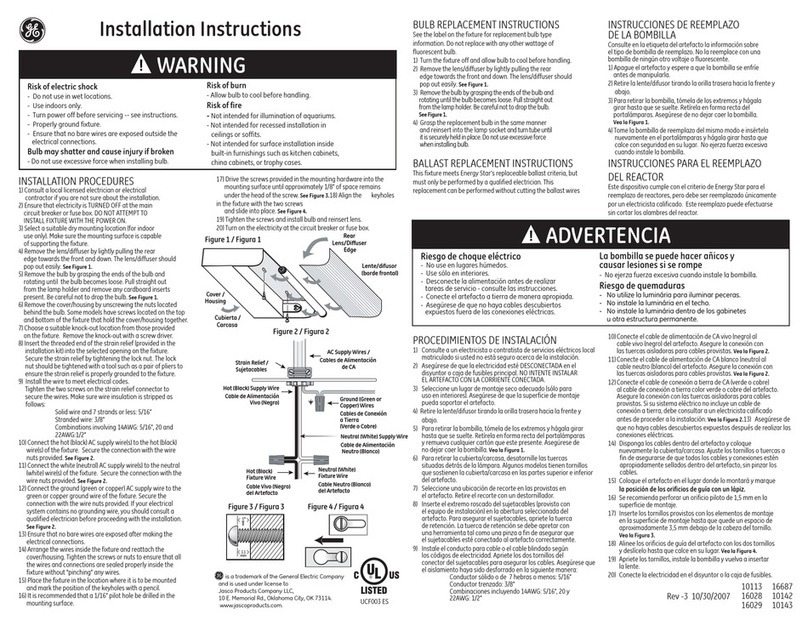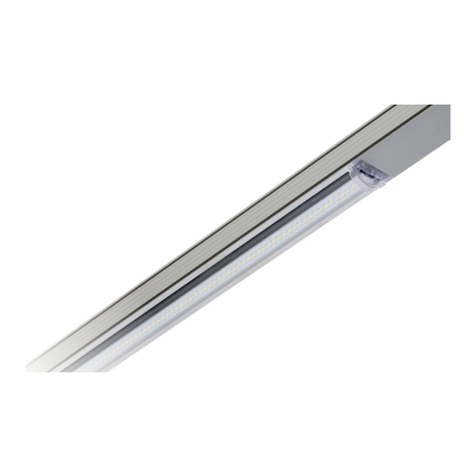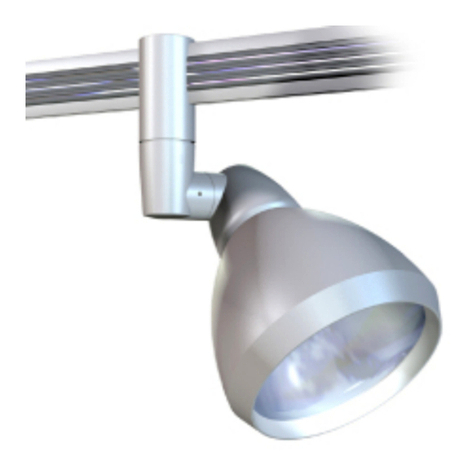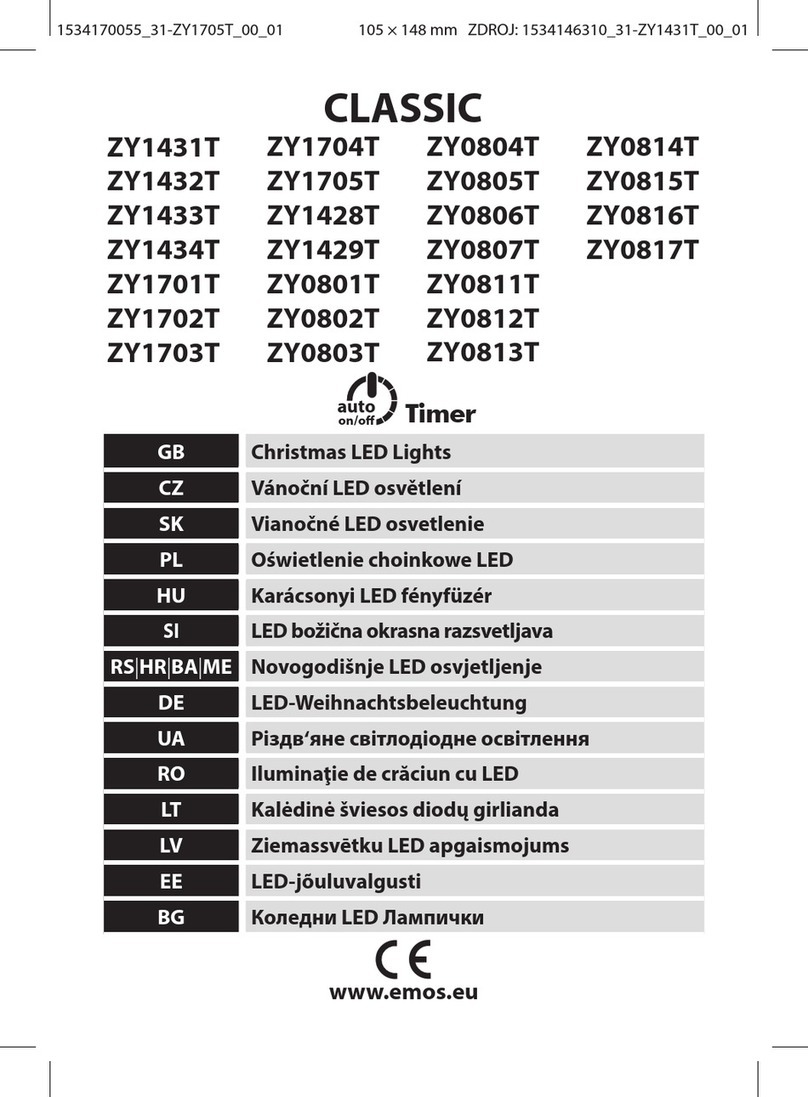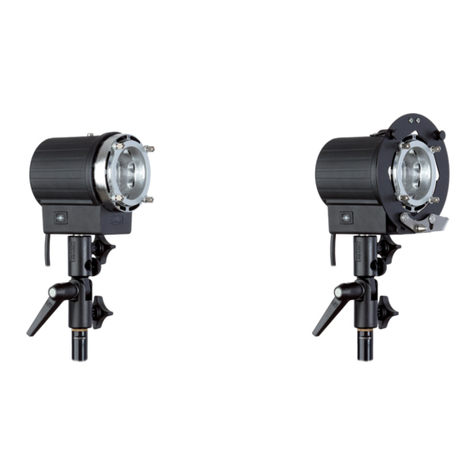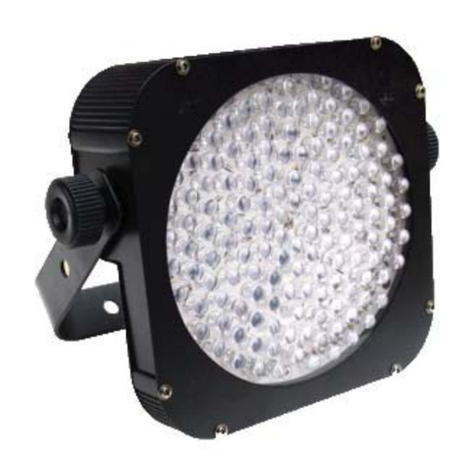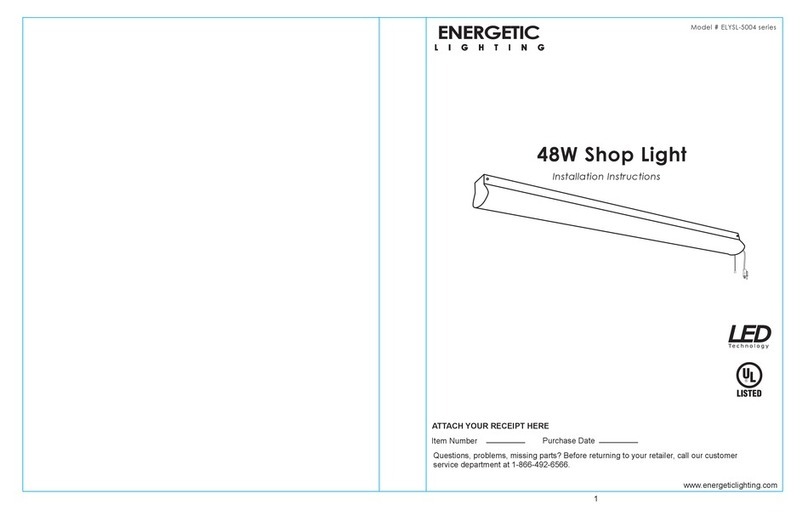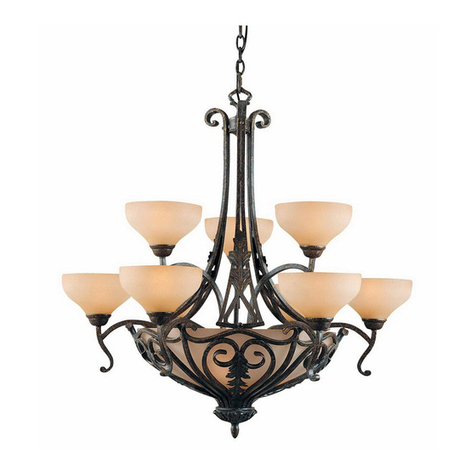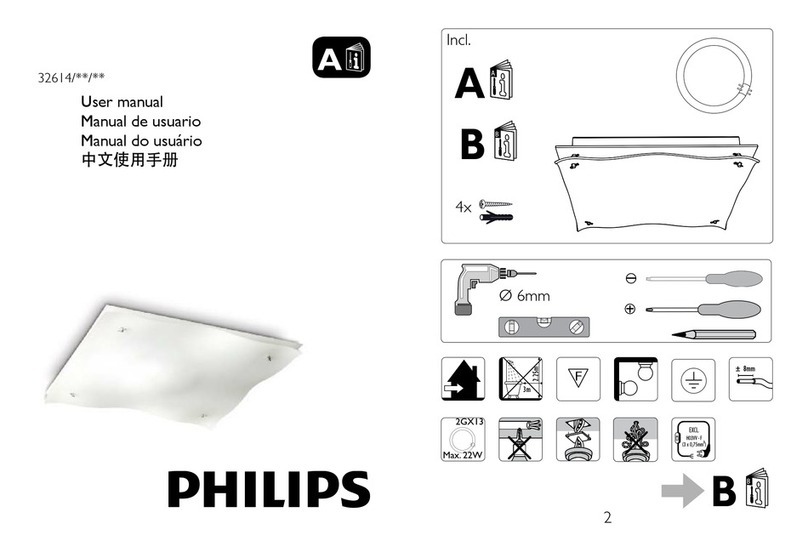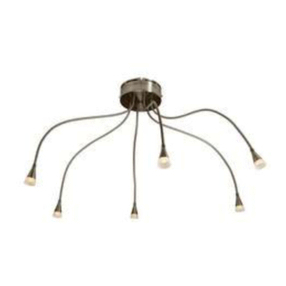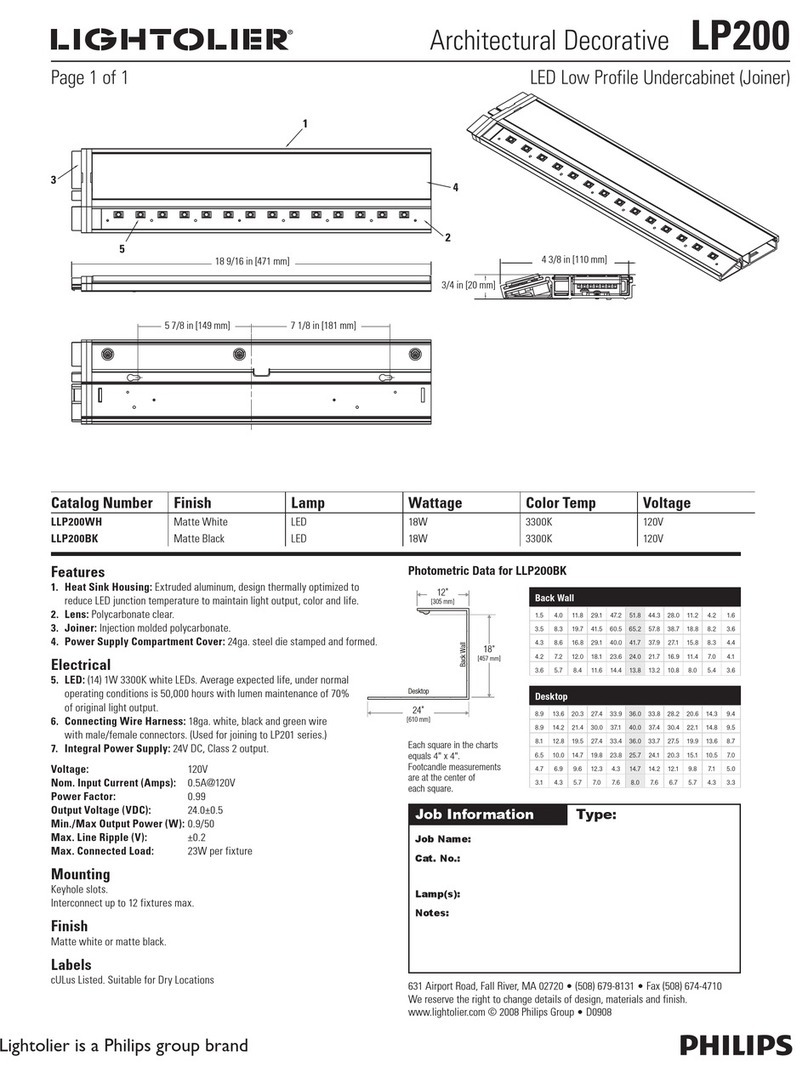
IND025-191217
www.gecurrent.com
GE and the GE Monogram are trademarks of the General Electric Company and are used under license. Information
provided is subject to change without notice. All values are design or typical values when measured under laboratory
conditions, and GE makes no warranty or guarantee, express or implied, that such performance will be obtained
under end-use conditions. © 2019 GE Current, a Daintree company
Specifications
Maximum Driver Remote Mounting Distance
Input Voltage (VAC) 120 – 277V
Input Power (W) 55W
Input Frequency (Hz) 50/60 Hz
Power Factor >0.9
THD < 20%
Control 0-10V & DALI
Ceilings Cable Suspension System
Warranty 5 years
Dimensions 47.5 in. x 11.8 in. x 1.38 in. (1206 mm x 299 mm x 35 mm)
Light Fixture Weight 14.3 lbs. (6.5 kg)
Environmental Operating Temperature Range -10°C to +40°C
Environmental Humidity (non-condensing) 20 to 80% Non-condensing, dry location rated
Environmental Storage Temperature Range -40°C to +60°C
Supply Wire Gauge Wire Length*
18 AWG (0.82 mm2) 59.0 ft. (18 m)
16 AWG (1.31 mm2) 98.4 ft. (30 m)
14 AWG (2.08 mm2) 154.2 ft. (47 m)
12 AWG (3.31 mm2) 249.3 ft. (76 m)
Conforms to the following standards:
* Includes xture’s 6.6 ft. (2.0 m) power cord
This device complies with Part 15 of the FCC Rules. Operation is subject to the following two conditions: (1) This device may not cause
harmful interference, and (2) this device must accept any interference received, including interference that may cause undesired operation.
CAN ICES-005 (A) / NMB-005 (A)
Note: This equipment has been tested and found to comply with the limits for a Class A digital device, pursuant to part 15 of the FCC
Rules. These limits are designed to provide reasonable protection against harmful interference when the equipment is operated in a
commercial environment. This equipment generates, uses, and can radiate radio frequency energy and, if not installed and used in
accordance with the instruction manual, may cause harmful interference to radio communications. Operation of this equipment in a
residential area is likely to cause harmful interference in which case the user will be required to correct the interference at his own expense.

